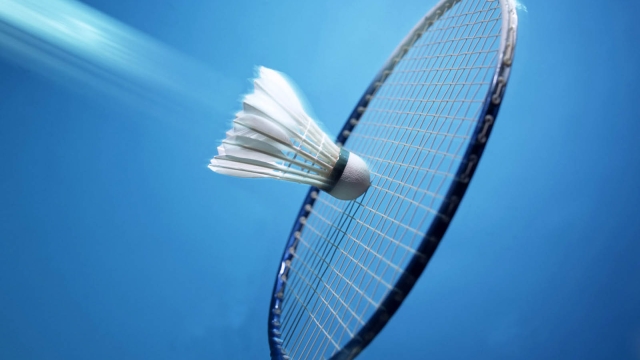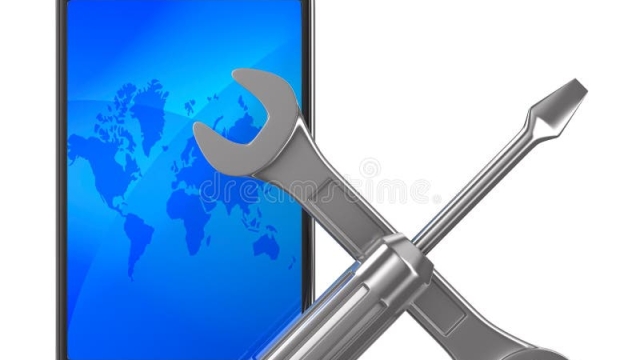Badminton is a thrilling and fast-paced sport that has captivated the hearts of both casual players and professional athletes alike. It is a game that combines agility, strategy, and precision, making it a truly exhilarating experience. With its roots tracing back to ancient civilizations, badminton has evolved into a dynamic sport played worldwide.
One of the key components of badminton is the specialized equipment used on the court – the badminton racket. These rackets are crafted with precision and designed to provide players with the power and control needed to dominate on the court. From lightweight frames to strings tensioned to perfection, the choice of racket can greatly impact a player’s performance.
But it’s not just about the equipment; having a solid understanding of the game’s rules and strategies is crucial to succeed in badminton. Learning how to play badminton requires a combination of physical skills, such as footwork, hand-eye coordination, and stamina, as well as mental agility, such as anticipating an opponent’s moves and developing effective strategies on the fly.
In this article, we will delve into the world of badminton, exploring the secrets of success on the court. From picking the right racket to mastering the techniques and tactics, we’ll provide valuable insights that can help players of all levels elevate their game. So, grab your rackets and tighten your shoelaces as we unravel the wonders of badminton and discover what it takes to conquer the battle on the badminton court.
The Basics of Badminton
Badminton is a popular racket sport that combines speed, agility, and strategy. Played with lightweight rackets and a shuttlecock, it can be a thrilling and competitive game. In this section, we will explore the fundamentals of badminton, including the equipment used and the key skills required to excel in the sport.
To play badminton, you need a badminton racket and a shuttlecock. The racket is similar to a tennis racket but lighter in weight, allowing for quick and precise movements. It is usually made of graphite or carbon fiber to provide strength and flexibility. The shuttlecock, also known as a birdie, is a feathered projectile that is hit back and forth over the net.
In badminton, the objective is to hit the shuttlecock over the net, aiming for it to land in the opponent’s half of the court. The court is divided into two halves by a net, and players take turns serving and returning the shuttlecock. The game can be played in singles (one player per side) or doubles (two players per side).
To be successful in badminton, players need to develop a range of skills. Footwork is crucial, as it allows players to move quickly and efficiently around the court. Agility and speed are essential in order to reach and return shots effectively. Furthermore, hand-eye coordination is key for accurately hitting the shuttlecock with the racket.
In the next sections, we will delve deeper into the different types of badminton rackets and the various techniques used in playing the game. By mastering the basics and acquiring essential skills, players can unlock the secrets to success on the badminton court. Stay tuned for more insights!
Choosing the Right Badminton Racket
When it comes to excelling in badminton, selecting the appropriate badminton racket is crucial. The right racket can greatly enhance your playing experience and improve your performance on the court. Here are key factors to consider before purchasing a badminton racket:
Weight: The weight of the racket plays a significant role in determining your playing style and maneuverability. Lighter rackets are generally suited for players who prefer quick, agile shots, while heavier rackets offer more power and stability. Consider your playing style and physical strength when choosing the weight of your racket.
Balance: The balance of a badminton racket refers to its distribution of weight along the length of the racket. Rackets can be categorized as head-heavy, head-light, or even balanced. Head-heavy rackets provide more power for smashes and clears, while head-light rackets allow for faster response times and better control. It’s essential to try out different racket balances to find the one that complements your playing style.

String tension: The tension of the strings on your racket influences both power and control. Higher string tension offers more control but may compromise power, while lower tension provides greater power but reduced control. Experiment with different string tensions to discover the one that suits your preferences and style of play.
By taking into account these crucial factors – weight, balance, and string tension – you can make an informed decision when selecting the right badminton racket. Remember, finding the perfect racket can significantly contribute to your performance and enjoyment on the badminton court.
Mastering the Techniques and Strategies
How to play badminton
In order to excel in the game of badminton, it is crucial to master various techniques and strategies. By honing your skills in these areas, you can enhance your gameplay and increase your chances of success on the court.
Footwork: Footwork is an essential aspect of badminton, as it plays a vital role in both attacking and defensive maneuvers. Developing quick and agile footwork allows you to move swiftly across the court, enabling you to reach the shuttlecock with ease. Flexibility, balance, and coordination are key components of effective footwork, so it is important to incorporate exercises and drills that help you improve in these areas.
Shot Selection: Making the right shot selection is a crucial strategy in badminton. Assessing your opponent’s position and movement on the court can help you decide which shot to play. Whether it is a powerful smash, a deceptive drop shot, or a quick clear, choosing the appropriate shot at the right moment can give you an advantage over your opponent. Remember to vary your shots to keep your opponent guessing and to maintain control of the rally.
Court Awareness: A good badminton player possesses excellent court awareness. This means being fully aware of your surroundings and anticipating your opponent’s moves. By staying alert, you can react quickly to changes in the game, such as the direction of the shuttlecock, your opponent’s positioning, or any gaps on the court. Having a strong sense of court awareness allows you to make better decisions and execute your shots more effectively.
By dedicating time and effort to mastering these techniques and strategies, you can enhance your overall badminton skills and elevate your performance on the court. As with any sport, consistent practice and a positive mindset are essential in your journey towards becoming a successful badminton player.





